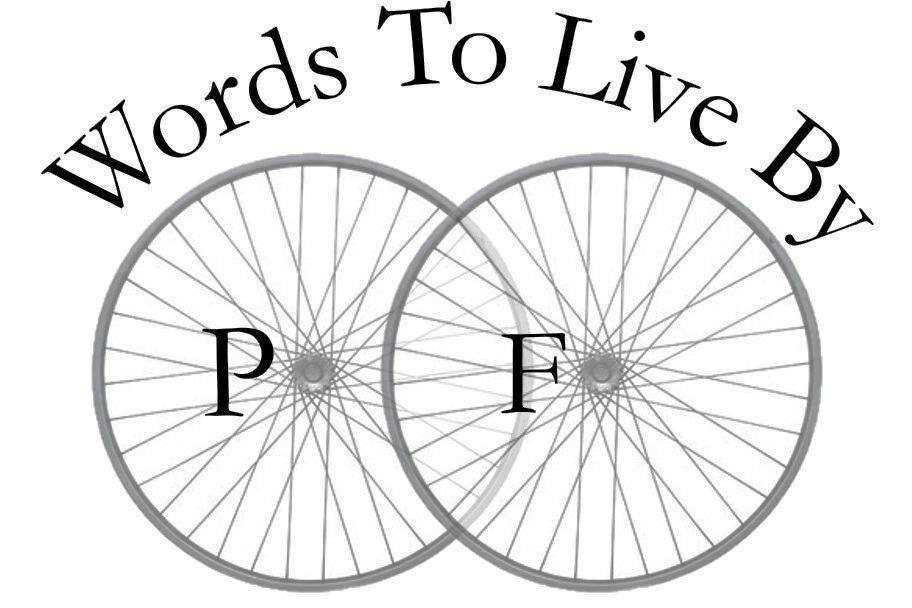To ride for
This tandem keeps reminding me it is an incredible machine.
Torn down, cleaned up, and built back with new slippery and precise tuning, it rides like silent current in a deep stream. It is powerful. It is smooth. It is relentless and beautiful.
My son is now a full seven inches taller than he was during last summer’s ride along the Old Spanish Trail. But the Santana fits us both still and, under the right conditions, really cooks.
Of course, all cyclists prefer flat terrain and tailwinds. Astride a tandem, though, you can get the full measure of this bike’s performance potential. Descents provide a stark lesson in the relationship of mass and momentum to velocity. Another feature of the rebuild of the Santana is the installation of brakes with actual stopping power, both the cantilever rim brakes and the drum brake. Squishy is not a good attribute for brakes and no longer applies to the tandem.
Tandems are notoriously ill-suited for climbing. Or so I’ve always heard. It certainly is no fun for me when the stoker flags or our rhythm is off or my legs are spent. But, ooh, when you’re sailing along with a tailwind and on flat terrain, this tandem does zip. It moves at a speed inconsistent with its heft and size.
I had the stoker’s bottom bracket tapped at University Cycle. Those guys were great and very jazzed to install the Phil Wood bottom bracket. They seemed especially pleased with the Sugino Mighty Tour triple chainring cranks, characterized by them as much desired these days. I’m not worried about popularity, but I am with its proximate cause. People want these cranks because they are great.
One lesson I think I need to learn is going slow is not a crime. Down on that granny gear, I believe technically we could pedal up a brick wall. But both Avery and I like to get places fast, including to the top of the hill. It’s a classic tradeoff. The faster you go, the more your legs and lungs suffer. The slower you roll, the more time in the saddle with predictable consequences. And, anyway, speed thrills.
After getting the Santana out on the road, I’m quite confident in the bike’s soundness. Truth be told, I’m much more anxious about my 16-year-old truck’s ability to make it 400-plus miles to Tupelo than I am our ability to pedal the 300 miles to get back there along the Trace. That saddle time will be Avery’s biggest concern. His backside won’t be trained up. He does have the dampening seatpost and a new Rivet seat. But he’ll be breaking in that saddle along with his own butt while on the ride.
The two-seater bike now also sports a German-engineered rear rack and English waxed-canvas panniers. Further safety upgrades (in addition to functioning brakes) are great lights for front and rear. These rechargeable units will also allow us to run at night, if need be – though I would only anticipate doing so in a small town, not keeping a post-sunset leg of a day’s journey going into the night.
The tires run smooth. The chain shifts precisely. The cranks spin freely. The brakes stop positively.
Great. The only thing for it is to pedal on through.



